
How to Use LM393: Examples, Pinouts, and Specs
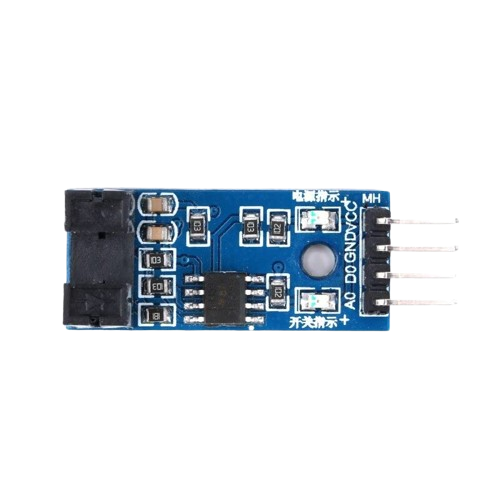
 Design with LM393 in Cirkit Designer
Design with LM393 in Cirkit DesignerIntroduction
The LM393 is a versatile dual voltage comparator that contains two independent precision voltage comparators. It is designed to operate from a single power supply over a wide range of voltages, making it a popular choice for various applications. Common uses include threshold detection, overvoltage protection, and waveform shaping. Its ability to compare two input voltages and provide a digital output makes it suitable for creating simple analog-to-digital interfaces.
Explore Projects Built with LM393
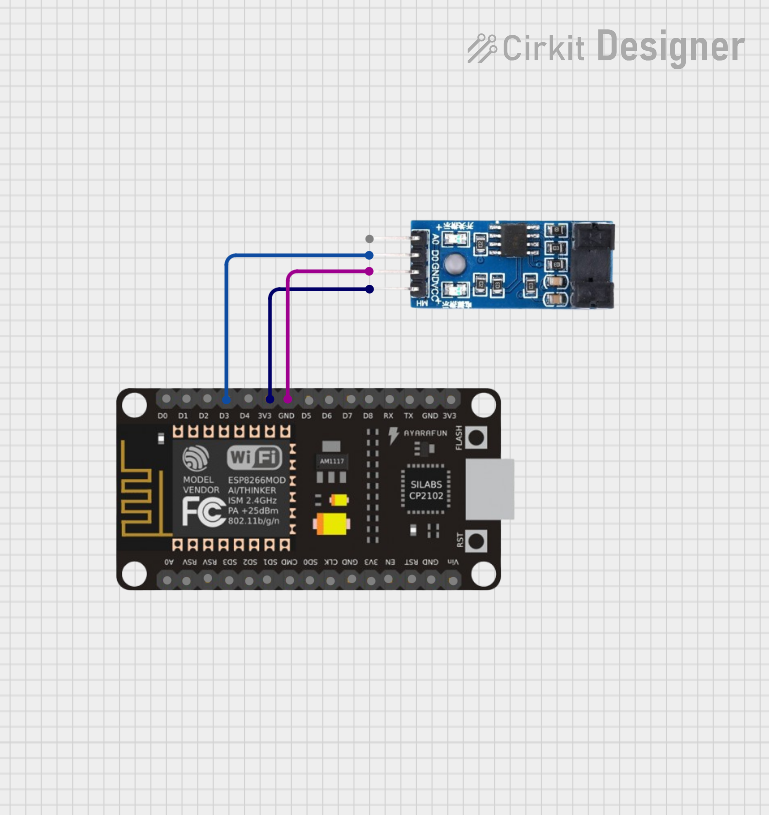
 Open Project in Cirkit Designer
Open Project in Cirkit Designer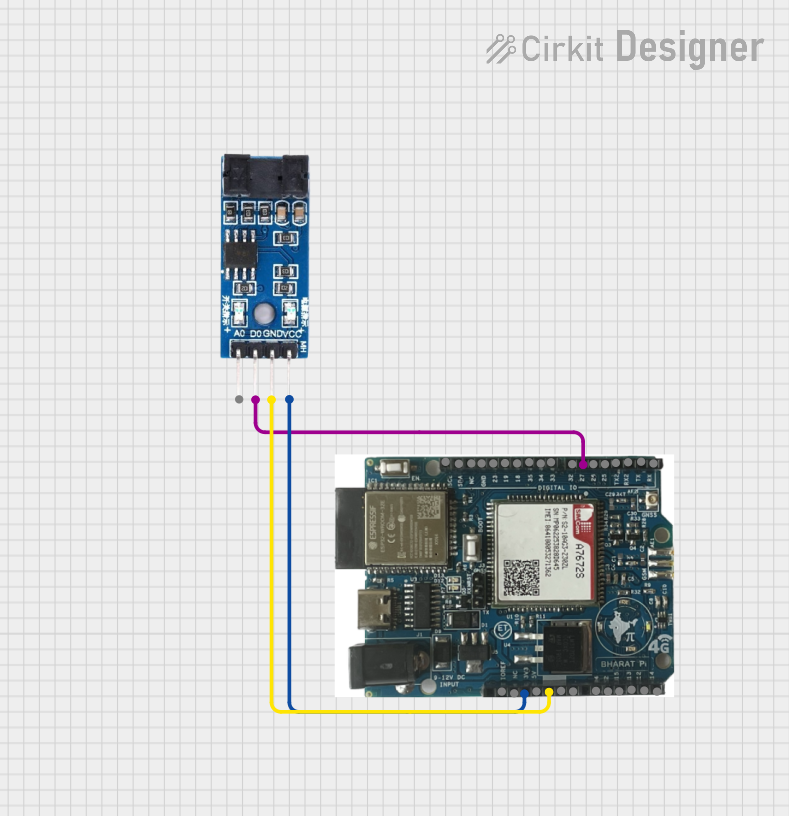
 Open Project in Cirkit Designer
Open Project in Cirkit Designer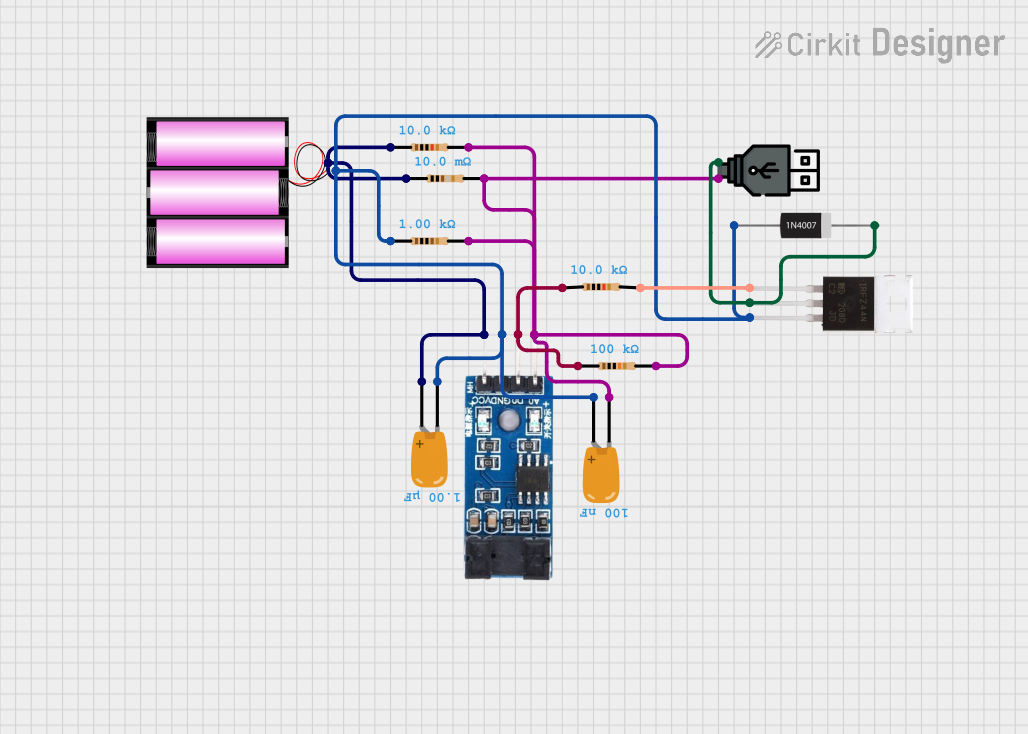
 Open Project in Cirkit Designer
Open Project in Cirkit Designer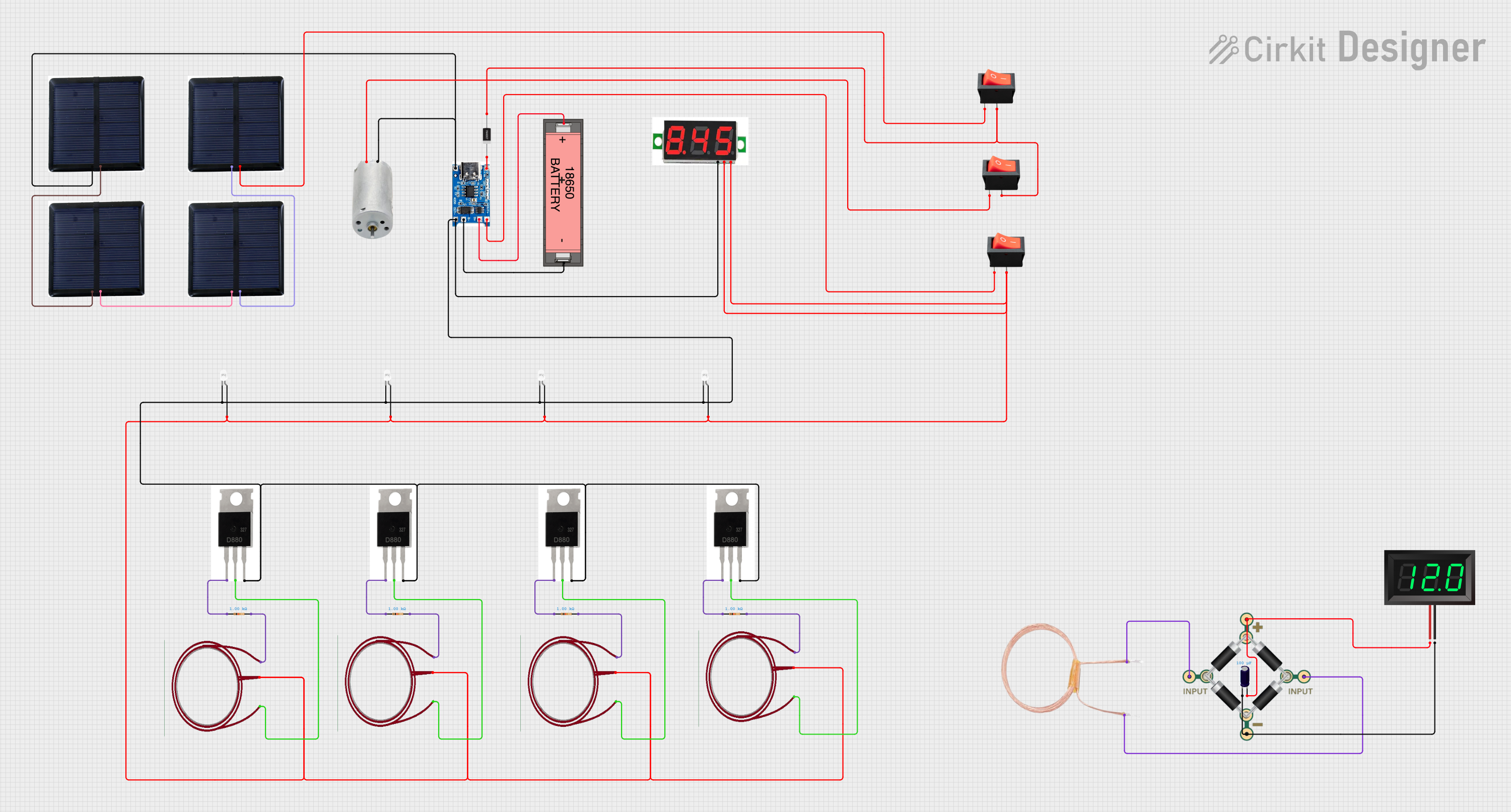
 Open Project in Cirkit Designer
Open Project in Cirkit DesignerExplore Projects Built with LM393

 Open Project in Cirkit Designer
Open Project in Cirkit Designer
 Open Project in Cirkit Designer
Open Project in Cirkit Designer
 Open Project in Cirkit Designer
Open Project in Cirkit Designer
 Open Project in Cirkit Designer
Open Project in Cirkit DesignerTechnical Specifications
Key Technical Details
- Supply Voltage Range: 2.0V to 36V (or ±1.0V to ±18V)
- Input Offset Voltage: 5mV max (at 25°C)
- Input Bias Current: 25nA (typical)
- Output Current: 20mA (typical)
- Response Time: 1.3μs (typical)
- Operating Temperature Range: 0°C to 70°C
Pin Configuration and Descriptions
| Pin Number | Name | Description |
|---|---|---|
| 1 | OUT1 | Output of comparator 1 |
| 2 | IN1- | Inverting input of comparator 1 |
| 3 | IN1+ | Non-inverting input of comparator 1 |
| 4 | GND | Ground (0V) reference |
| 5 | IN2+ | Non-inverting input of comparator 2 |
| 6 | IN2- | Inverting input of comparator 2 |
| 7 | OUT2 | Output of comparator 2 |
| 8 | VCC | Positive supply voltage |
Usage Instructions
How to Use the LM393 in a Circuit
- Power Supply: Connect the VCC pin to a positive supply voltage within the range of 2.0V to 36V and the GND pin to the ground of the circuit.
- Input Signals: Apply the analog signals to be compared to the IN+ and IN- pins of the respective comparator.
- Output Connection: Connect the OUT pin to a digital input of a microcontroller or to an LED with a current-limiting resistor to visualize the comparator's output.
Important Considerations and Best Practices
- Ensure that the supply voltage does not exceed the maximum rating to prevent damage.
- Use bypass capacitors near the power supply pins to minimize noise.
- Avoid applying input voltages that exceed the supply voltage range.
- When interfacing with a microcontroller, ensure that the output voltage levels are compatible.
Example Connection with Arduino UNO
// Define the Arduino pin connected to the LM393 output
const int comparatorOutputPin = 2;
void setup() {
// Set the comparator output pin as an input
pinMode(comparatorOutputPin, INPUT);
// Begin serial communication at 9600 baud rate
Serial.begin(9600);
}
void loop() {
// Read the state of the comparator output
int comparatorState = digitalRead(comparatorOutputPin);
// Print the state to the Serial Monitor
Serial.println(comparatorState);
// A short delay before the next reading
delay(500);
}
Troubleshooting and FAQs
Common Issues
- No Output Signal: Ensure that the power supply is connected correctly and the input signals are within the expected range.
- Erratic Output: Check for loose connections and ensure that the input signals are not too noisy. Use bypass capacitors if necessary.
- Output Always High or Low: Verify that the input signals are crossing the threshold as expected and that the supply voltage is adequate.
Solutions and Tips for Troubleshooting
- Double-check wiring and solder joints for any potential issues.
- Use an oscilloscope to observe the input signals and the output of the comparator.
- Ensure that the power supply is stable and within the specified range.
FAQs
Q: Can the LM393 operate with different voltages on each comparator? A: No, both comparators share the same power supply pins and thus operate at the same voltage.
Q: Is it necessary to use both comparators in the LM393? A: No, you can use one comparator without affecting the functionality of the other.
Q: Can the LM393 outputs drive LEDs directly? A: Yes, but ensure to use a current-limiting resistor to protect the LED and the LM393 output stage.
Q: What is the purpose of the LM393's open-collector output? A: The open-collector output allows for voltage level shifting and the ability to connect multiple outputs together for a wired-AND configuration.
Please note that the LM393 is not an Arduino-manufactured component, but it is commonly used with Arduino and other microcontroller platforms. The part ID WPSE347 is a generic identifier and may not correspond to a specific manufacturer's part number. Always refer to the datasheet of the specific LM393 you are using for the most accurate information.